The bus card reader is not only widely used in urban public transportation systems to facilitate fast payment for passengers and effective management for bus companies, but it can also be extended to various other scenarios. Here are some potential non-public transportation applications for bus card readers:
- Corporate Shuttle Buses
- Application Scenario: Corporate shuttle buses are a common commuting service provided by many large enterprises. Installing bus card readers on these buses can facilitate employees to board by simply swiping their cards, eliminating the need to carry cash or wait for change, thereby improving boarding efficiency.
- Functional Advantages:
- Real-time Travel Information: Card readers can provide real-time travel information and vehicle locations, facilitating employees to plan their trips.
- Security Management: By integrating with the corporate employee database, it can achieve identity verification, preventing unauthorized personnel from boarding, and enhancing travel security.
- Eco-friendly Travel: Reducing the use of paper tickets, lowering resource consumption, and mitigating environmental pollution.
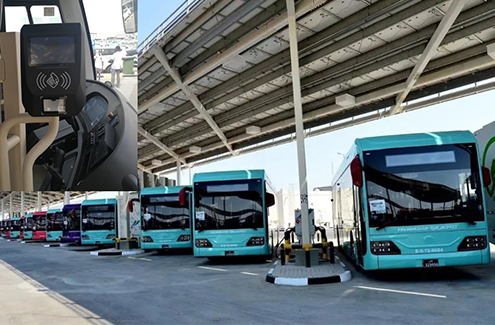

- Campus Vehicles
- Application Scenario: School buses, library shuttles, and other vehicles within schools can also utilize bus card readers for fare management.
- Functional Advantages:
- Convenient Payment: Supporting student cards, teacher cards, and other card types for quick payment.
- Data Management: Recording students' travel information to provide data support for schools and optimize bus scheduling.
- Entrance Gates in Scenic Areas
- Application Scenario: Installing bus card readers at entrance gates of tourist attractions, amusement parks, and other venues can facilitate rapid entry for visitors.
- Functional Advantages:
- Multiple Payment Methods: Supporting IC cards, QR codes, and other payment methods to cater to different visitor needs.
- Crowd Management: Through card swipe records, attractions can grasp real-time visitor flow and implement scientific crowd management.
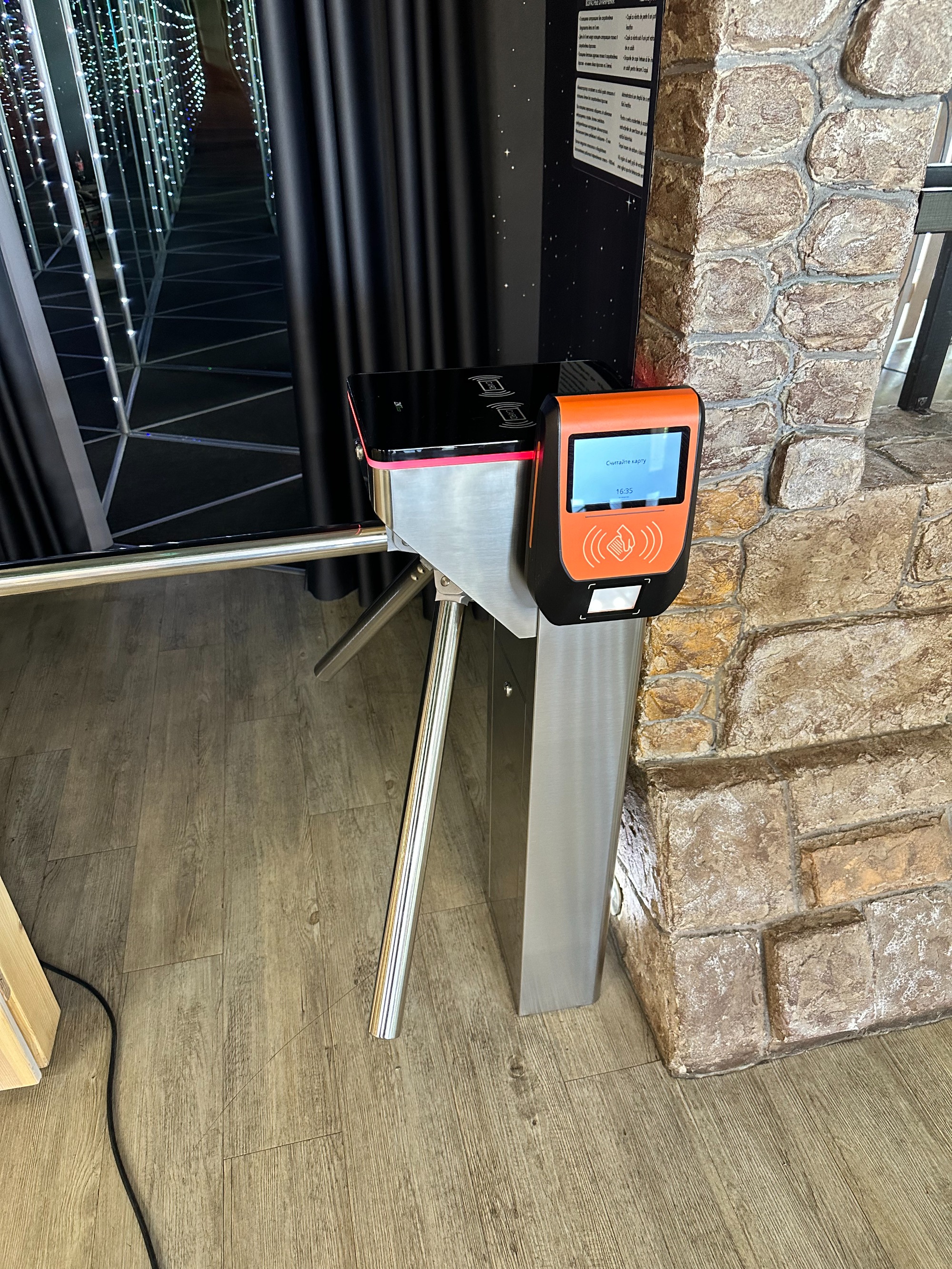
- Residential Community Shuttle Buses
- Application Scenario: Shuttle buses and feeder buses provided for residents within residential communities can also use bus card readers for fare collection and management.
- Functional Advantages:
- Resident Convenience: Residents do not need to carry cash, simply swiping their cards to board.
- Vehicle Management: By tracking card swipe records, property management can understand vehicle usage and conduct effective vehicle scheduling and management.
- Parking Lot Fees
- Application Scenario: Some parking lots, particularly those in large shopping centers, hospitals, and other high-demand areas, have begun experimenting with bus card readers for fee management.
- Functional Advantages:
- Quick Payment: Drivers do not need to wait for change or navigate complex payment systems at the exit, simply swiping their cards to complete payment.
- Reduced Congestion: Improving the flow of traffic at parking lot entrances and exits, reducing congestion.
- Catering and Retail
- Application Scenario: Although less common, bus card readers can also be used in specific catering and retail scenarios, such as self-service restaurants and convenience stores.
- Functional Advantages:
- Payment Diversity: Offering customers more payment options.
- Data Collection: Gathering customers' payment data to provide business analysis support for merchants.
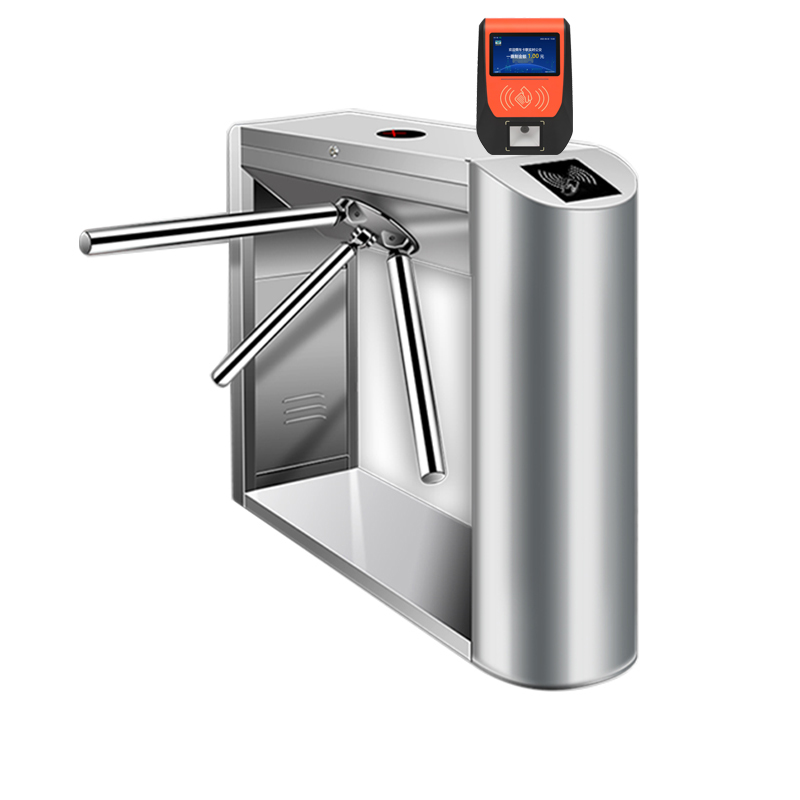
In summary, bus card readers possess vast application prospects and expansion potential, not only enhancing the service level and management efficiency of public transportation but also applicable to corporate shuttles, campus vehicles, scenic area entrances, residential community shuttles, parking lot fees, and other fields. With continuous technological advancements and the diversification of payment methods, the application scenarios of bus card readers will continue to expand and deepen.




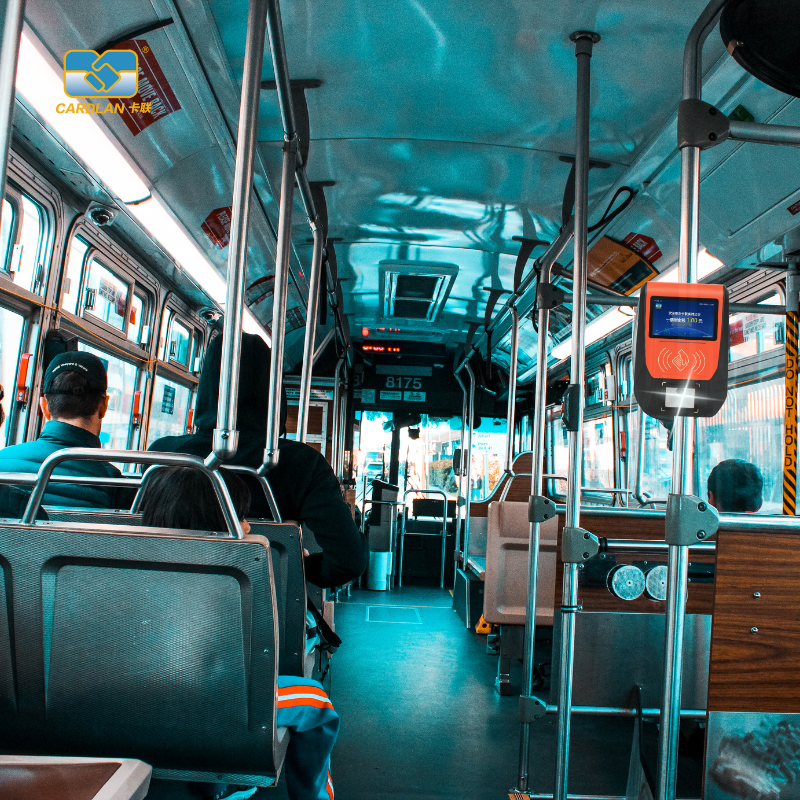 Cardlan flat fare/Zonal fare collection solution
Cardlan flat fare/Zonal fare collection solution
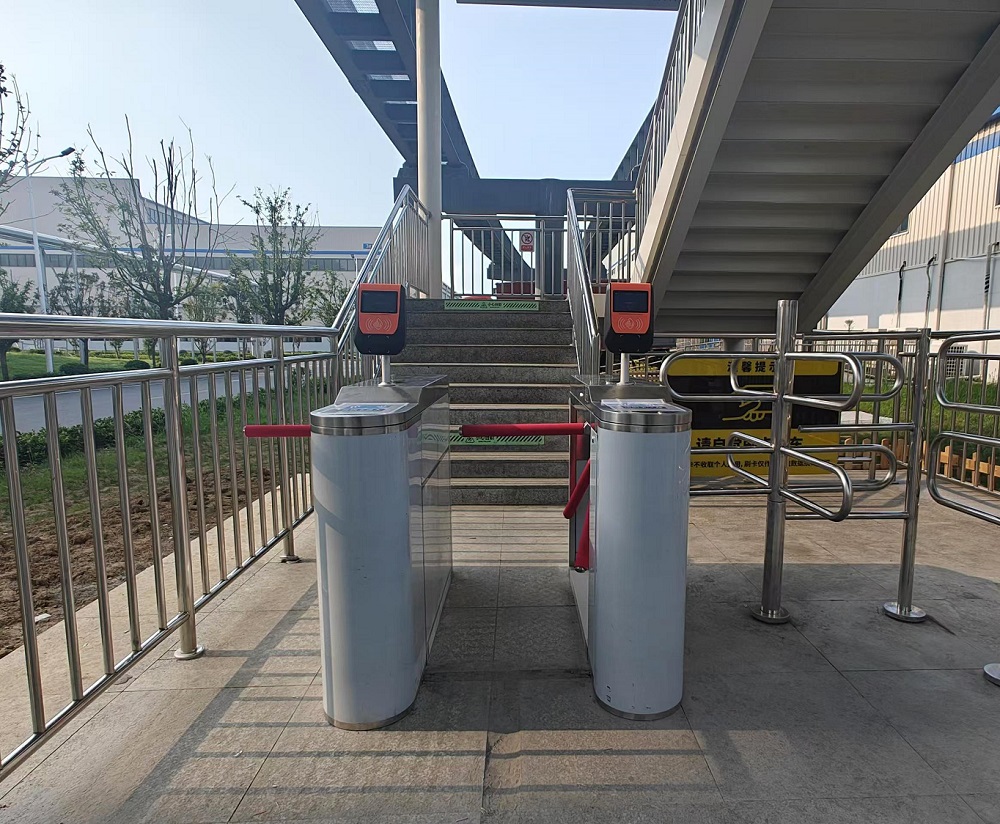 Application of Relay Function in Bus Card Readers for Gate Control
Application of Relay Function in Bus Card Readers for Gate Control
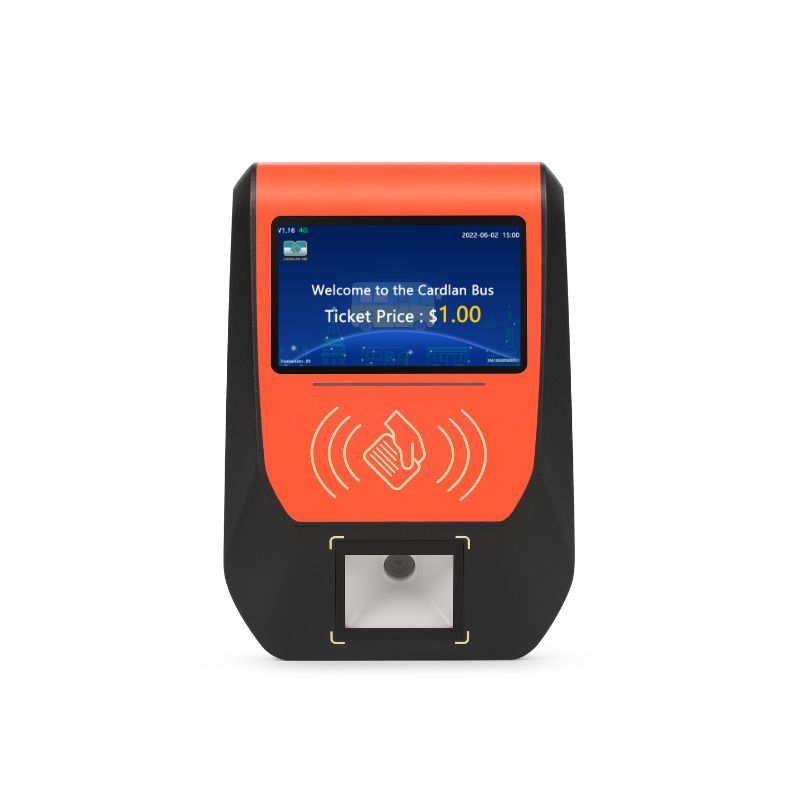 Development of Bus Fare Collection Machine Hardware and SDK
Development of Bus Fare Collection Machine Hardware and SDK
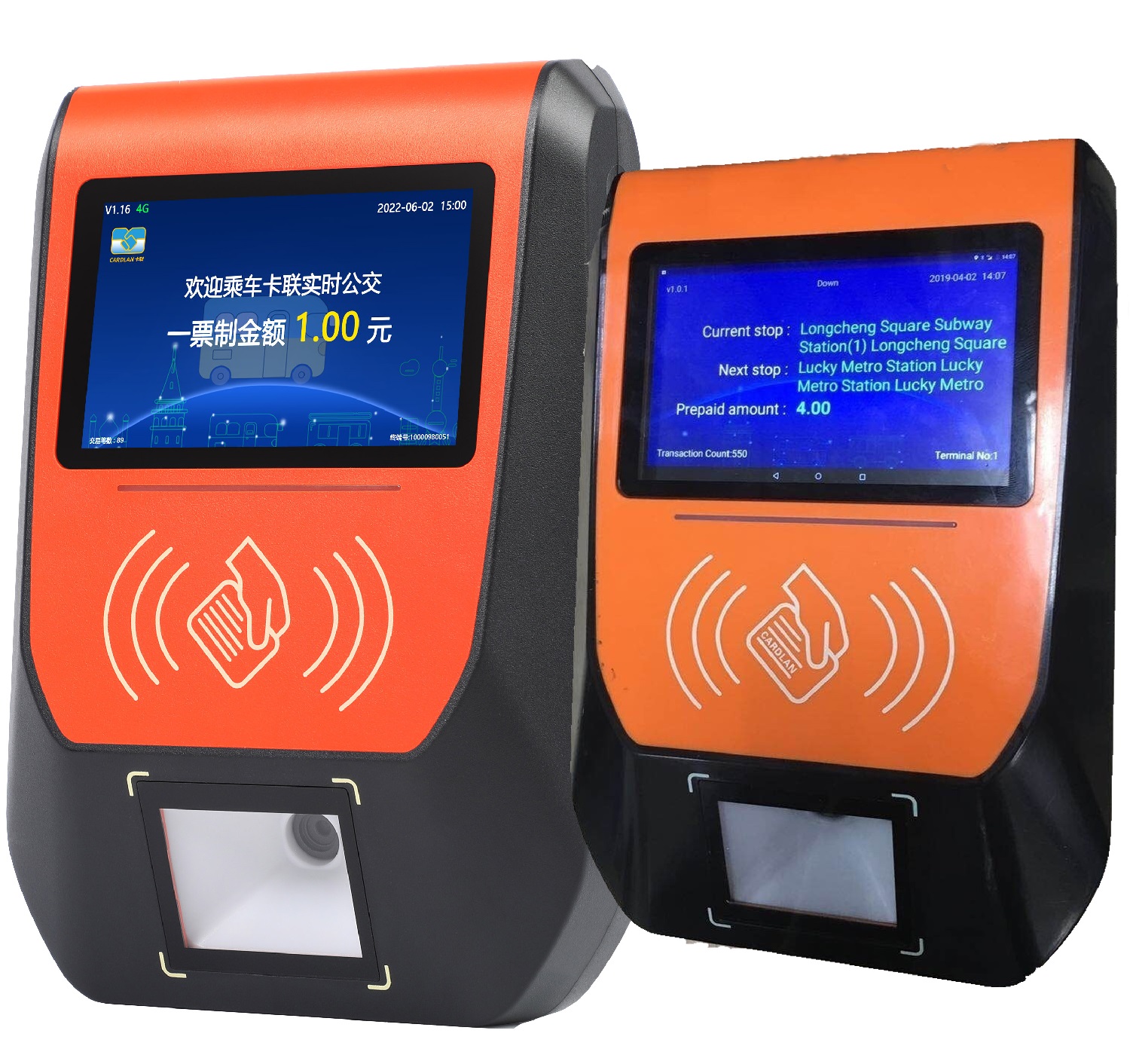 Why some buses have one card reader some have two card readers?
Why some buses have one card reader some have two card readers?